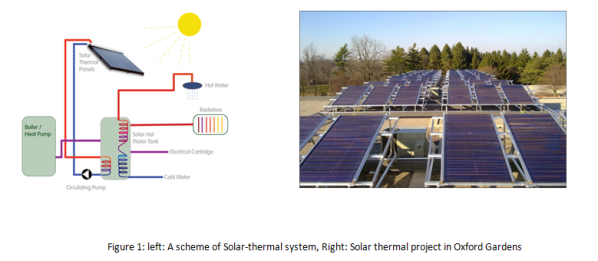Panelists:
David Brochu – Vice President Development, North America, Recurrent Energy
F. Michael Cleland – Nexen Executive in Residence, Canada West Fountation
Senator Grant Mitchell – Vice Char, Standing Committee on Energy, the Environment and Natural Resources, Liberal Senator, Alberta, Senate of Canada
Jon Kieran – Director, Development, EDF, EN Canada Inc.
Christian Vachon – President, Enerconcept Technologies
CanSIA concluded with a panel discussion on the development of a national energy strategy. The panelists consisted of David Brochu of Recurrent Energy, F. Michael Cleland of Nexen, Senator Grant Mitchell, Jon Kieran of EDF EN and Christian Vachon of Enerconcept. All members of the panel had the opportunity to express their opinions on how we need to proceed as a nation towards developing our energy strategy.
Four years ago Canada entered the Kyoto protocol in an effort to curb human-generated green house gas (GHG) emissions. Entering Kyoto was a move in the right direction for Canada, but ultimately we developed an unrealistic plan that we could not uphold. After failing to meet target reductions of GHG’s, Canada withdrew from the Kyoto protocol at the end of 2011. Canada needs to learn from its mistakes and work on developing a national energy strategy that will benefit Canadians.
What would a national energy strategy look like, and how would we get there? We could start by increasing engagement and advocation for development of an energy strategy for Canada. Promotion of open discussion to define what is important to Canadians in a energy strategy needs to occur. Why do we need a national energy strategy? How much do we focus on making renewables a central part of our energy policy? Should we be putting a price on carbon, and would a carbon tax hurt Canada? How can we focus on the longevity and long term views of an energy strategy for Canada? There are many questions to be answered with no readily apparent solutions.
Where do solar energy and other alternative energy sources fit within Canada’s national energy strategy? Following the success of the feed in tariff (FIT) and micro-FIT programs, Canada has developed FIT 2.0 which will put another 160MW of solar energy online. The arrival of FIT 2.0 was not a surprise, but we will likely be seeing less government subsidy of solar projects. We cannot be reliant on a technology that requires subsidy to be sustainable. Fortunately, we have already seen instances where solar energy can be produced at grid parity. With the dropping prices of solar energy and the ever escalating price of non-renewable energies, it is essential for solar to be a large part of Canada’s energy strategy. With the help of the FIT programs, Canada aims to be recognized as a leader in the installation and manufacturing of solar modules.
Canada needs to sculpt an energy strategy that can drive our economy, promoting growth in an underdeveloped sector. An energy strategy that will advance job growth within Canada, and ultimately will lead to a more sustainable country.
-Matthew Schuster
M.ASc
Queens University



